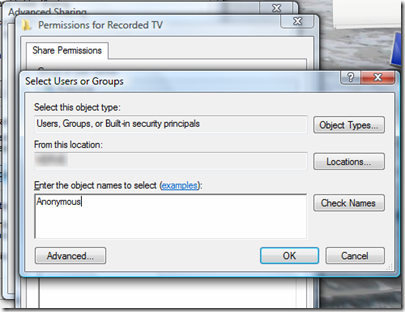If there's one negative that is consistently levelled at Windows Phone, it's the platform's lack of any kind of unified notification system. Unlike Android or iOS, Windows Phone does not feature an area of the operating system that plays host to all new notifications, meaning it can be easy to miss something important.
Windows 8 has a fair share of unique features, the top of the list being the new Modern UI that the multi-purpose OS for both tablets and desktop/notebook computer carries. The Modern UI wasn’t just about looks; it brought with it a whole new genre of apps that brought about a completely new look to how you’d operate on your Windows 8-based hardware. Granted, the Modern apps are more suited to the touch interface of a tablet (or maybe a hybrid device), but the Windows Store is teeming with them, and some of them are actually quite useful, especially those that come officially from the Redmond company itself. One such app of interest is the native Mail client that comes bundled with Windows 8.
As operating systems have evolved, their primary goal has always been to make computing easier for the end user, be it a tablet, a smartphone or a desktop computer. Thanks to hybrid operating systems like Windows 8, and the deep integration that Apple’s OS X and iOS enjoy, the difference between various hardware platforms is quickly diminishing, making room for a more streamlined, unified experience. However, good as the intention may be, in doing so, some of the convenience aspects beget a security risk, thereby exposing the system in question to security breaches and execution of undesired code. One such feature in Windows – the most widely used desktop operating system – is the AutoPlay (or AutoRun, as it was formerly known). In this article, we’ll tell you how to disable AutoPlay / AutoRun for good at a system-wide level.
Microsoft has been working hard to attract developers to create new and exciting apps for the Windows Store, but what better way to set a decent example than to bring significant improvements to some of its own apps? That's exactly what the Redmond company has decided to do, and within the next day, users can expect to see some pretty significant changes to the Mail, Calendar and People apps within Windows 8. By means of a blog post on the official Windows site, the company has discussed, at length, how some of the changes will enhance the functionality of those marquee software products, and we've got the details coming up after the break.
“Java is everywhere” is the official statement pertaining to the platform, and that’s as true as the sky being blue. The technology exists from within simplest of things to desktop computers, smartphones, tablets and whatnot. The usefulness of Java cannot be denied even in the slightest, either, since it’s the driver for delivery of a lot of content. It seems rather odd, then, that you’d want to disable something as useful as this. There’s a good reason for that, however, that we’ll discuss just past the jump.
Animated wallpapers are something many people enjoy as a backdrop to their desktop experience, and Stardock has long since facilitated this preference with its popular DeskScapes app for Windows. With Microsoft having dropped Windows 8 at the tail end of last year, it has taken a while for Stardock to come through with an update to render DeskScapes compatible with the new operating system, but recently, said update arrived in the form of DeskScapes 8.
Ever wanted to run a full screen Windows 8 app in a window? Well, now you can with complete ease. Windows 8 had long been controversial, ever singe it was first shown off last year. As soon as everyone realized that Windows was changing at the core, there has been a steady stream of detractors itching to see it fail. One of the biggest big bears for those that just don't like the new Windows 8 way of doing things is the full-screen application style that mimics that of a mobile device.
Apple today released an update to its OS X operating system which powers its desktop and notebook computers. Version 10.8.3 is now available for download via the Mac App Store for all users of Macs running OS X 10.8 Mountain Lion or later.
It's pretty clear for all to see that Redmond based Microsoft have pumped significant resources into the design, development and marketing strategies of their latest operating system, Windows 8. After going through the process of claiming that the software is the best version of Windows yet, it would seem that a number of hardware partners seem to disagree, with an executive of Samsung Electronics now chiming in with his thoughts on Microsoft's latest operating system.
Hate Windows Vista as much as you like, but the fact remains that Microsoft’s failed intermittent operating system between the incredibly famous Windows XP and Windows 7 set the grounds for the major leap that the Redmond company took from the former to the latter, both in terms of feature set and graphical uplift, and not to exclude user experience. Windows 7 itself was a huge success, and from the looks of it, Windows 8 is following in its footsteps, despite the controversy surrounding the removal of Start Orb (and menu) from the operating system.

